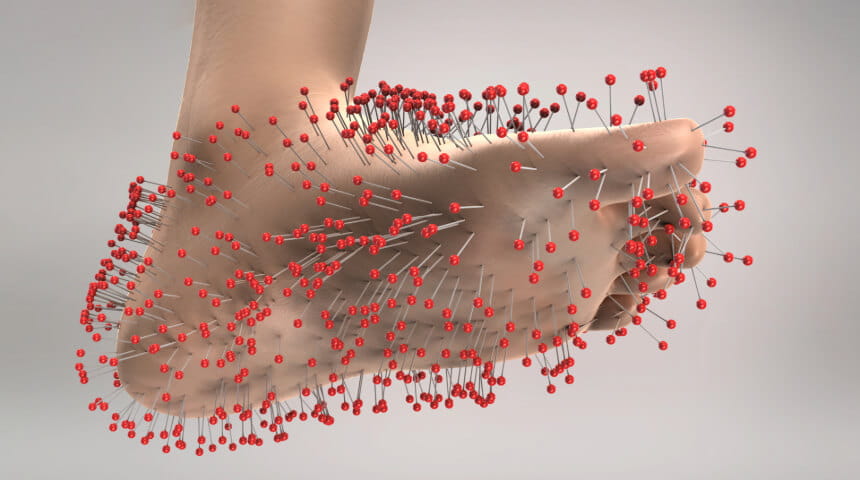GPS-Guided System Enhances Spine Surgery
By Diana Lomont, Editorial Contributor
Accuracy. Precision. Safety. If it’s your spine that’s undergoing surgery, these are three factors you want working in your favor.
With the new ExcelsiusGPS™ technology, a specially trained surgeon can deliver all three elements by using its image-guided navigation system and robotic arm. The technology enables the surgeon to accurately implant screws that will fuse vertebrae in the patient’s spine with metal rods.
“For anyone who needs screws implanted in their spine, this is a technology that can do that safely and precisely,” says Dr. Virgilio Matheus at the Orlando Health Neuroscience Institute. “Now we can preplan and put each screw in the perfect location every time through the robotic arm.”
How It’s Used
The technology can be used for minimally invasive or conventional open-spine surgery. It helps eliminate the 4.2 percent of conventional spine surgeries that require a revision due to incorrectly placed screws.
The process starts the day of surgery when medical images are taken of the patient’s spine and imported into the ExcelsiusGPS system. The surgeon uses these images to determine the size and placement of the implants then guides a robotic arm to accurately place screws using instruments that make small incisions. Throughout the procedure, the surgeon monitors the operation on the screen to ensure the most precise placement.
The Results
“It’s been phenomenal,” reports Dr. Matheus, who uses the ExcelsiusGPS system. “We’ve done over 20 spine procedures now and have not had to revise a single one. The process also results in less operating time and less time under general anesthesia for the patient.”
Upcoming enhancements of the ExcelsiusGPS technology will incorporate the use of spine cages, spacers and other surgical tools into procedures performed with the robotic arm.
For more information, visit OrlandoHealth.com/Neuro.



